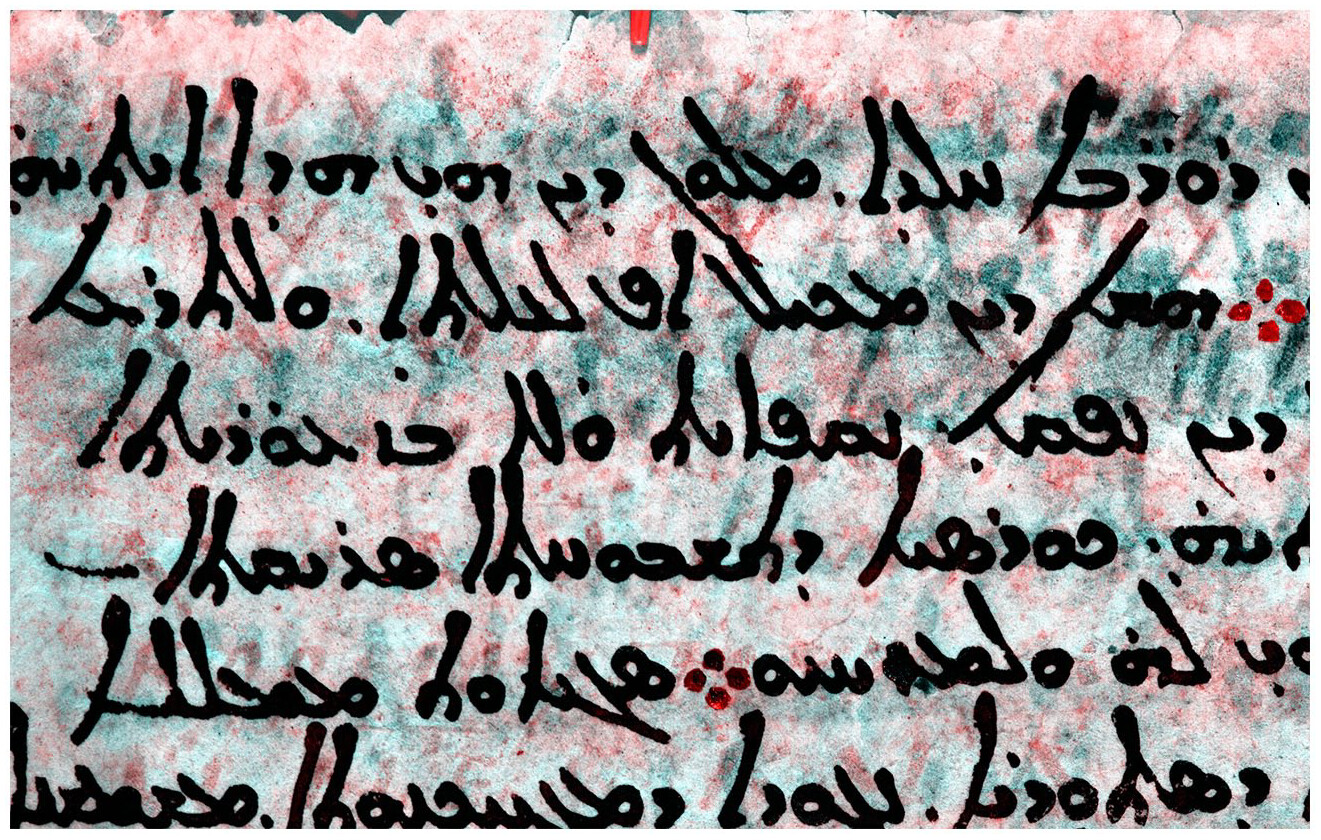
Researchers have discovered fragments of the Star Catalog authored by the ancient Greek astronomer Hipparchus. It was composed in the second century BC and is the first known comprehensive star catalog in the Western world.
The fragments of Hipparchus’ Star Catalog were discovered on a medieval palimpsest manuscript. The star catalog itself had been erased so that the pages could be reused for later medieval work.
Until the fragments were recently discovered, the Star Catalog was known only through the writings of Claudius Ptolemy, another ancient astronomer who composed his own star catalog about four centuries after Hipparchus.
Discovery of the Star Catalog
The fragments were uncovered by researchers from the CNRS, Sorbonne Université, and Tyndale House (affiliated with the University of Cambridge). The researchers were able to detect the erased fragments by using multispectral imaging followed by a process of decipherment and interpretation.
The researchers presented their findings in a paper published in October last year and were pleased to announce that their work constituted “major progress in the reconstruction of Hipparchus’ Star Catalog”.
The discovery was made from a book called the Codex Climaci Rescriptus. The book was made up of parchments that were erased and then reused for other writings, also known as a palimpsest. However, through the use of multispectral imaging, the researchers were able to recover parts of Hipparchus’ work that were erased and written over.
The multispectral imaging was conducted by the Early Manuscripts Electronic Library, the Lazarus Project, and the Rochester Institute of Technology.
Researchers say the finding is significant because it refutes a widespread theory that Claudius Ptolemy’s Star Catalog was mostly a copy of the earlier work of Hipparchus. However, the newly discovered fragments reveal that Hipparchus and Ptolemy made different observations of the constellations. In fact, Hipparchus’ observations were more accurate, despite having been made about 400 years earlier.
The astronomy of Hipparchus
Hipparchus was born in the ancient Greek polis (city) of Nicaea in Bithynia, a region of Anatolia (modern-day Turkey). He was probably born around 190 BC and according to Claudius Ptolemy, he made most of his astronomical observations between 147 and 127 BC.
The ancient Greek astronomer was a prolific writer and authored at least fourteen works during his lifetime, although they have mostly been lost. The majority of what is now known about his work was preserved in the commentaries of other authors, most notably in Strabo’s Geography, Pliny’s Natural History, and Claudius Ptolemy’s Almagest. References were also made to Hipparchus by the fourth-century Greek mathematicians, Pappus and Theon of Alexandria.
Hipparchus is notable as the first mathematician known to have had a trigonometric table, which he needed to compute the eccentricity of the orbits of the Moon and Sun.
He is thought to have died sometime in the 120s BC on the island of Rhodes. Coins bearing his image were later minted in his honor in his native Bithynia.
See all the latest news from Greece and the world at Greekreporter.com. Contact our newsroom to report an update or send your story, photos and videos. Follow GR on Google News and subscribe here to our daily email!



